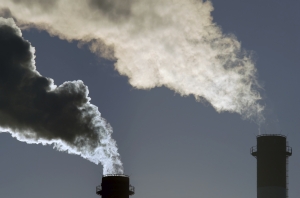A critical component of both the ALP and Coalition climate policy frameworks is the ‘Safeguard Mechanism’, requiring around 300 of Australia’s largest emitting industrial facilities (excluding the generation sector) to keep their emissions at or below a ‘baseline’, to ensure that abatement contracted under the ERF is not offset by emission increases in other sectors of the economy.
Under Coalition policy, rather than decline over time, facilities may apply to increase their baseline – providing them with headroom to increase emissions without penalty. As of March, 103 facilities (30 per cent) have increased their baselines – setting a ‘Calculated Baseline’ based on forecast production growth. New baseline rules, brought into effect in March, will transition all facilities to Calculated Baselines by 2019-20.
With no hard cap on emissions, modelling indicates that the flexible design of safeguard mechanism has led to large-scale increases in industrial emissions – particularly from the Oil & Gas, Mining and Transport sectors. In cumulative terms, this growth is projected to be greater than the sum of abatement purchased by the ERF – resulting in a net increase in emissions under the government’s climate policy framework – while fully eroding investment in the ERF.
Longer term, findings indicate that industrial emissions have become Australia’s climate Achilles heel, with safeguard covered emissions set to surpass electricity as Australia’s largest emitting segment in the early 2020s, constraining any effort to reduce national emissions until more robust emissions limits are implemented for key industries.















